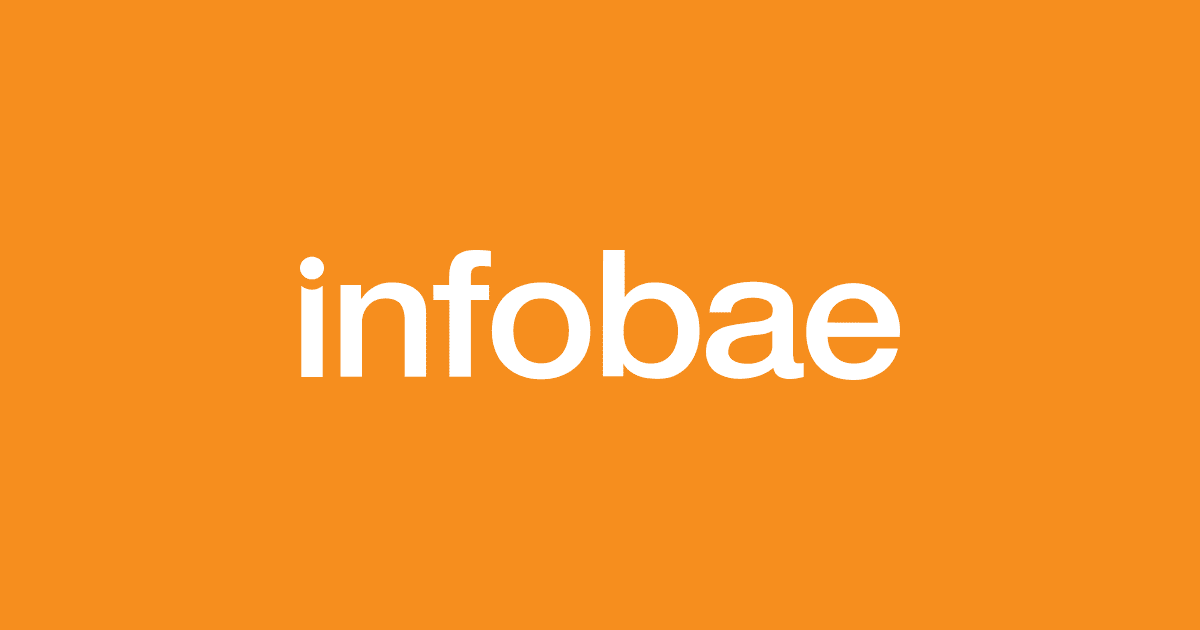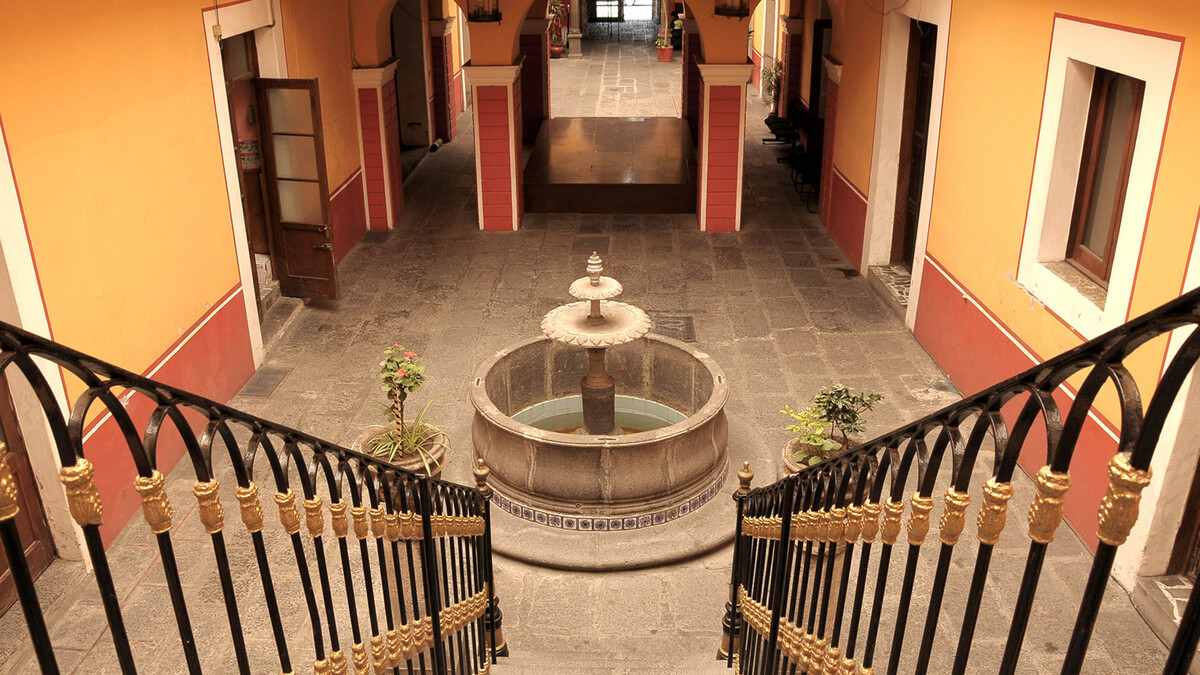Starting in this century, achievements in science have progressively continued with the goal of reaching their highest level. In 2002, the Institute for Scientific Research and High Technology Services (Indicasat) was created to promote the development of biosciences in the country, according to data from the ‘Milestones of science in Panama’ campaign, led by the National Secretariat of Science Technology and Innovation (Senacyt).
That same year, the National Metrology Center Foundation (Cenamep) was created for the development of measurement science and its applications, which establishes and maintains national measurement standards.
“The historical development of science in Panama is avant-garde, since it presents considerable growth in line with global standards, especially in the last decade, due to the fact that efforts have been made to establish actions that facilitate the strengthening and enhancement of support ties between the public sector and the private sector ”, says the president of the Association of Medical Women of Panama, Dayara Martínez. It also adds that it is necessary to continue supporting and building more initiatives with foundations that model a healthy society, in order to see expanded results in each effort.
In the line of events in the sector, we see that in 2004 the Senacyt merit competition system was established, starting with the scholarship program for researchers and other forms of calls for research and innovation.
There are professionals such as the Panamanian biotechnologist and researcher Fermín Acosta, 33, from the Ngäbe Buglé region, who have been positively impacted by this initiative through the Ifarhu-Senacyt scholarship program for doctoral studies. In his case, he did his higher studies in Spain.
“With the new global and technological changes, our country has been changing and sowing seeds of knowledge that little by little are beginning to bear fruit. In this sense, science is beginning to be given more space, the promotion of scientific knowledge documented through scientific articles, and the development of specialized professionals with institutional aid ”, Acosta emphasizes.
Subsequently, in 2005, Senacyt began promoting innovative ventures, patenting and applying a model to teach science through inquiry and fostering vocations.
In 2006, the Public Interest Associations (AIP): Infoplazas and Cenamep were established as public-private management models.
In 2007, the research career was approved, through the National System of Researchers (SNI), with its various categories and support for new members.
Later, in 2009, Panama isolated the pandemic strain of influenza A (H1N1) and handed it over to representatives of the Pan American Health Organization (PAHO). That same year the whale shark was protected, its fishing, capture and commercialization were prohibited in Panama. In 2014 their sighting was regulated in the PN Coiba, supported by scientific evidence.
In 2011, the First Astronomical Observatory of Panama was inaugurated at the UTP headquarters in Coclé.
The following year a study on the Panamanian genome was published in PLoS One, where it was determined that the maternal lineage is mainly Native American and the paternal genetics is European in more than 70%.
“The historical development of science in Panama is avant-garde, since it presents considerable growth in line with global standards, especially in the last decade, due to the fact that efforts have been made to establish actions that facilitate the strengthening and enhancement of support ties between the public sector and the private sector “
Dayara Martinez,
President of the Association of Medical Women of Panama
In 2013, the “Guide to hanta virus disease in Panama” and the “Standard for epidemiological surveillance of hanta virus pulmonary syndrome” were published.
In 2015, a team of researchers affiliated with Indicasat described the complete genome of the Leishmania panamensis parasite, which causes leishmaniasis in Panama. In that same year, the Social Sciences Scientific Research Center (Cenics) was created to promote and carry out studies that would generate knowledge at the service of the country’s development.
Then, in 2016, the Gorgas Memorial Institute for Health Studies inaugurated the Center for the Diagnosis of Neglected Diseases, in Metetí, Darién province. In that year, scientists and friends of science also created the ‘Science in Panama’ movement.
The following year a tuberculosis (TB) diagnostic laboratory was inaugurated in the Ministry of Health of Colón, to improve the diagnosis, monitoring and treatment of TB and multidrug-resistant TB, and to carry out studies.
In 2018, the International Center for Political and Social Studies (Cieps Aip) was created to generate knowledge with its own researchers and contribute to public policies. The same year the Coiba AIP Scientific Station began to operate, which currently has 27 affiliated scientists who carry out studies on marine biology, oceanography, ecology and sustainable fisheries.
The actions do not end here, since in this period the Center for Research on Emerging and Zoonotic Diseases was inaugurated in Divisa, a project developed by the Gorgas Memorial Institute for Health Studies.
Then, in 2019, the El Caño Museum in Coclé was reopened, displaying pre-Columbian artifacts found for a decade in the research projects of archaeologist Julia Mayo.
In 2020, the staff of the Gorgas Memorial Institute worked on the isolation and sequencing of the SARS-CoV-2 genome that caused the pandemic and carrying out diagnostic tests.
Voices of the sector
For Martínez, the most outstanding scientific findings in the history of Panama have been made during the creation and expansion of the Panama Canal, with advances in entomology and botany that make it possible to control endemic diseases; in health, the advances of the various technological devices including the creation of App to address the concerns that facilitate the modalities of telehealth, telemedicine, the integration of artificial intelligence in the field of user service and robotic implementation, among others Furthermore, they highlight great contributions to the advances in science that are not reported from Panama, but whose intellectual actors are Panamanians.
Regarding the participation of women in the sector, he says that in recent years there has been a boom with the role of women in the social and scientific field. Without prejudice to the male. “The integrating role of women in society makes them conducive to, in order to grow in the scientific sector, more opportunities are established for essential participation in the profession of science, which is why their empowerment is increasingly belligerent. in all fields of knowledge ”.
For his part, Acosta believes that in 2021, with all the changes that continue to be generated after the covid-19 pandemic, he foresees an increase in young people’s interest in careers such as medical sciences, virology, biotechnology, space and industrial engineering and agribusiness. “The idea is that young people awaken that curiosity to investigate or to generate innovative ideas. In this sense, schools and universities play an important role in the transmission of knowledge. More academic researchers are required who can facilitate and help young people, especially women, in decision-making in scientific careers ”.
Regarding the scenario of Panamanian science with a view to the future, he points out that it may be good or better if from now on the country begins to lay the necessary foundations to strengthen the different branches of science. “Promoting science from now on will help our country grow in knowledge and prepare the isthmus for decision-making on different issues (health, education and economy) always based on scientific evidence.”




:quality(85)/cloudfront-us-east-1.images.arcpublishing.com/infobae/JVEG643FOJGGJFSNY3RS7DZM4I.jpg)
